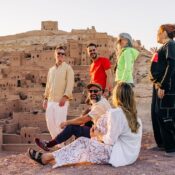The Fascinating Kasbahs of Morocco: History and Architecture
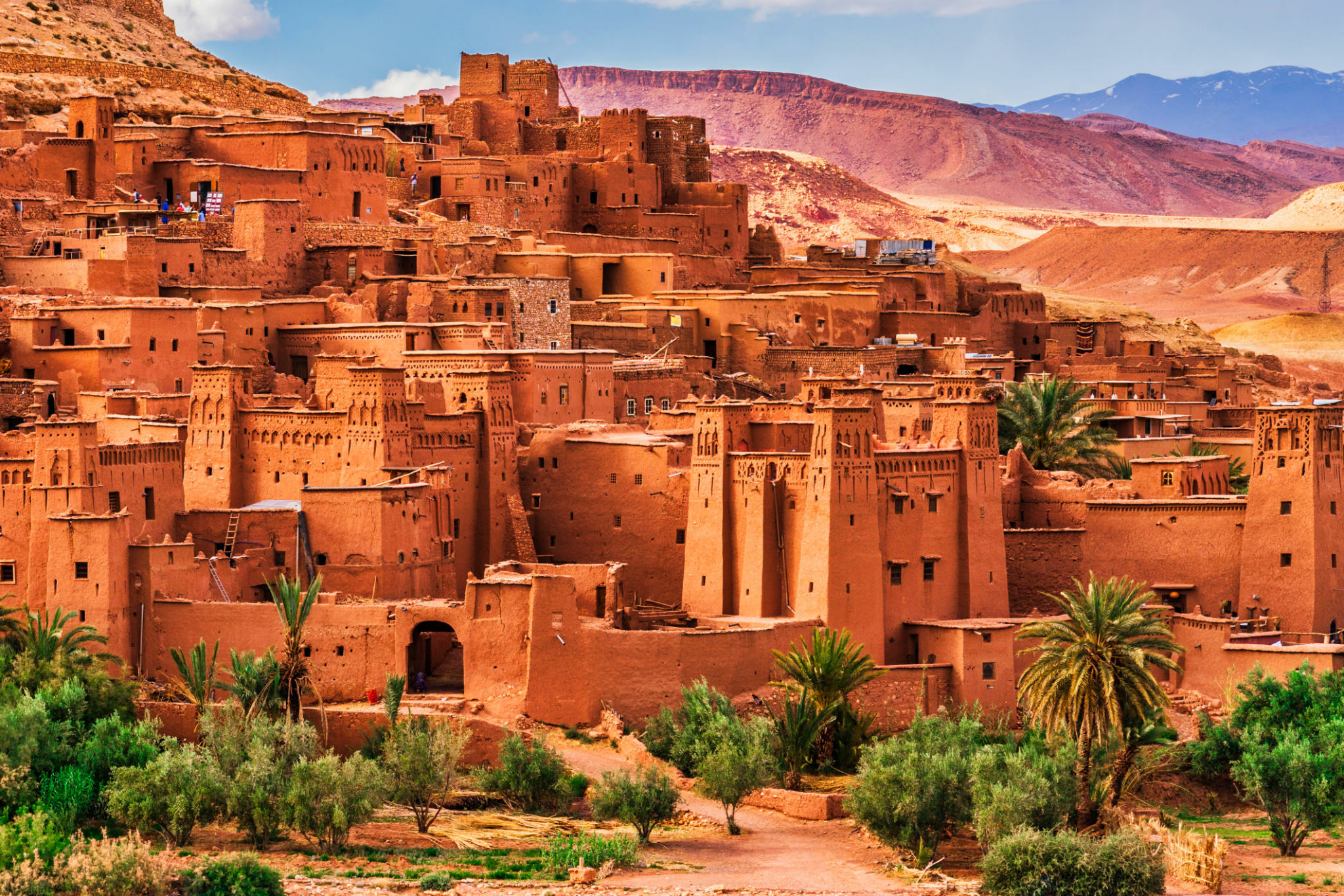
The Fascinating Kasbahs of Morocco: History and Architecture
Morocco Kasbahs History Architecture, iconic fortresses reflecting the nation’s rich history and architectural prowess, stand as enduring symbols of cultural heritage. Despite age, climate, and neglect posing challenges, collaborative initiatives led by local authorities and international organizations, including UNESCO, strive to protect these historical marvels. Efforts are dedicated to preserving these living monuments, ensuring they narrate Morocco’s vibrant past for generations to come.
Kasbahs: A Glimpse into Morocco’s Past
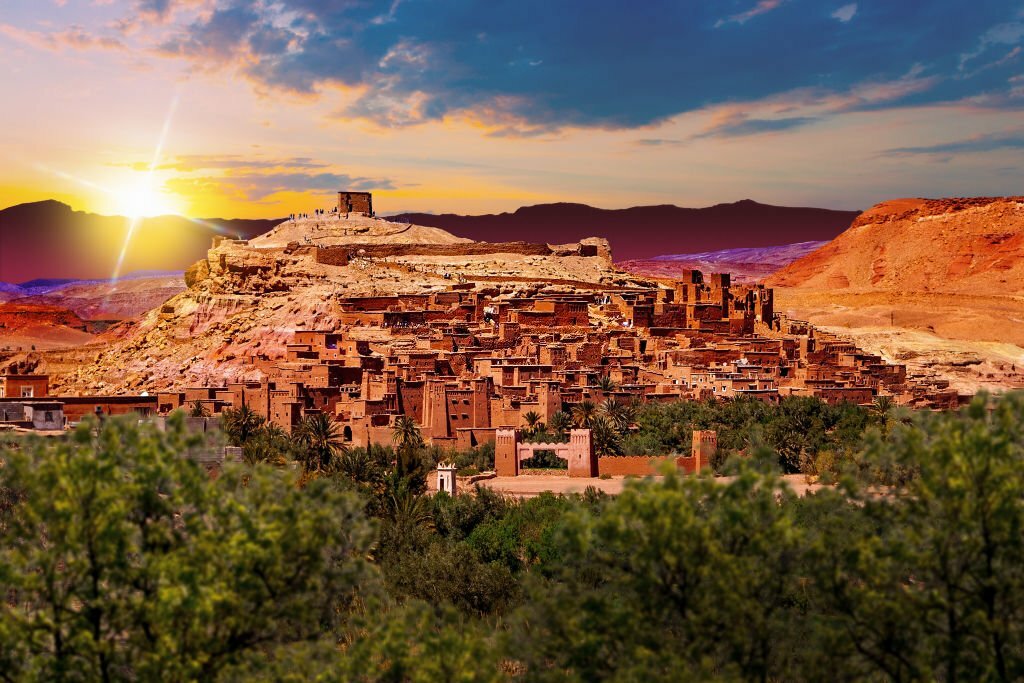
The term “Kasbah” commonly denotes a fortified architectural complex, prevalent in urban centers and strategic points along trade routes. Historically, Kasbahs fulfilled diverse roles, functioning as domiciles for indigenous ruling elites and doubling as formidable bastions to thwart potential invasions. These structures embody a rich tapestry of cultural and historical significance, showcasing the intersection of residential and defensive functionalities in their design and purpose.
History Etched in Mud and Clay
For centuries, Kasbahs, emblematic structures with origins tracing back in time, were meticulously constructed using locally abundant materials like mud and clay. The ingenious utilization of these elements not only reflects the resourcefulness of the builders but also contributed to the formation of enduring architectural marvels. These Kasbahs stand as a testament to both durability and aesthetic appeal, showcasing how the thoughtful integration of regional materials has allowed these structures to withstand the passage of time while captivating observers with their timeless beauty.
Architectural Marvels
Merging Functionality with Beauty
Kasbahs, ancient North African fortresses, captivate with their compact layouts, towering walls, and intricate labyrinthine corridors, seamlessly blending architectural ingenuity with strategic defense. The structures boast stunning geometric patterns meticulously etched into the walls, a testament to the exceptional craftsmanship of skilled artisans. Each Kasbah stands as a living testament to a bygone era, where form and function harmoniously coexisted in these majestic edifices, creating a visual tapestry that narrates tales of history and cultural richness.
Unique Regional Variations
Moroccan Kasbahs exhibit a shared architectural essence, yet their diversity shines through regional nuances. The Ait Benhaddou, nestled in the High Atlas Mountains, impresses with towering walls that echo the grandeur of its mountainous surroundings. On the coastal front, Kasbahs in Essaouira exude a distinctive charm, blending seamlessly with the seaside ambiance. Each structure narrates a unique tale of its locale, showcasing the rich tapestry of Morocco’s cultural and geographical diversity.
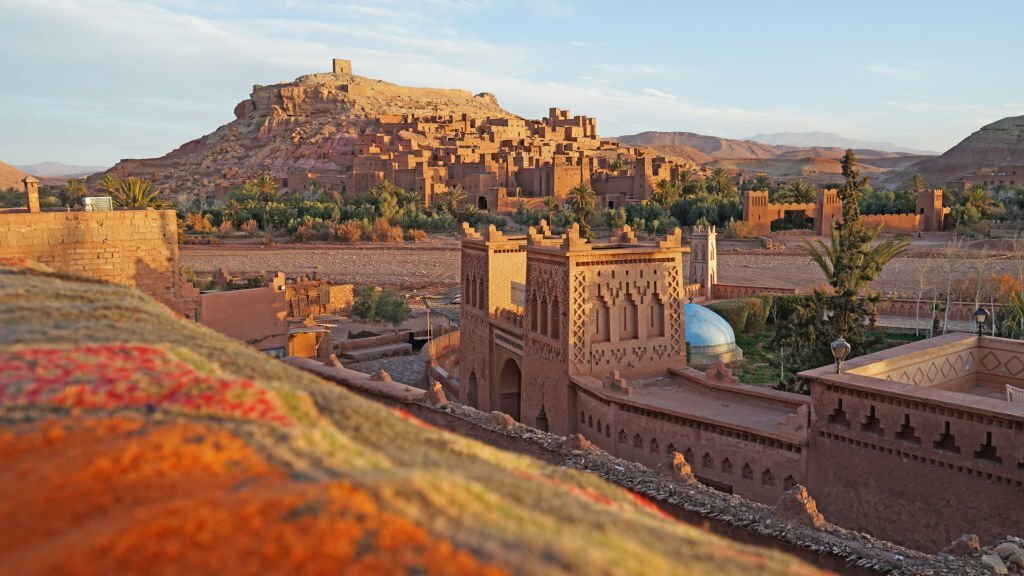
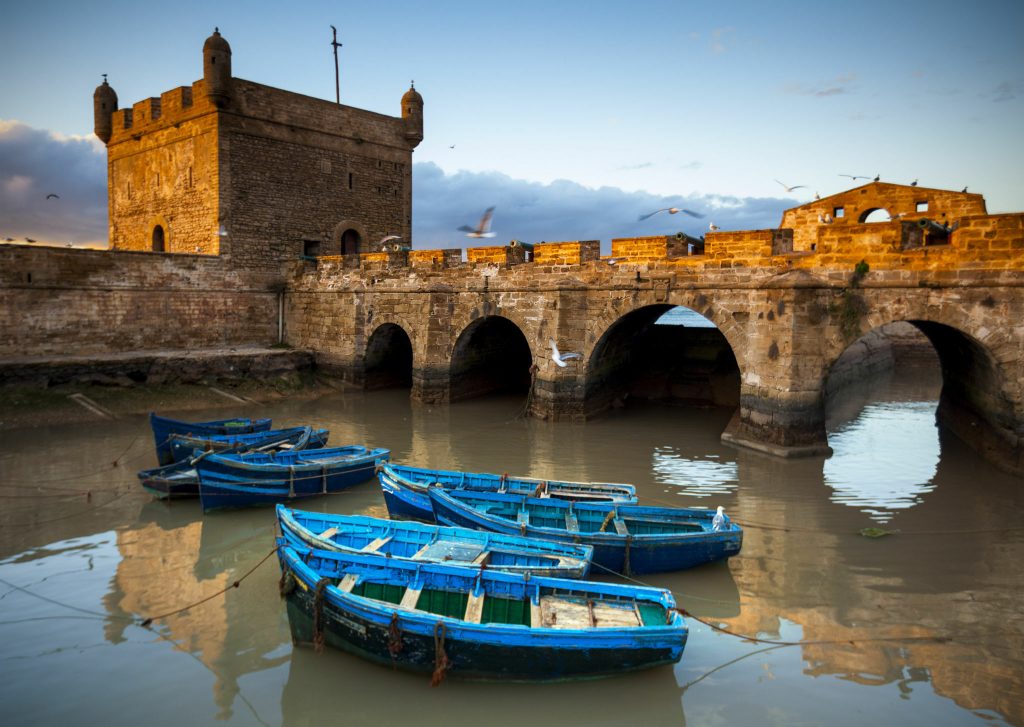
Kasbahs as Cultural Treasures
Guardians of Tradition and Culture
These ancient fortresses, known as Kasbahs, were not merely defensive structures; they were vibrant hubs where Berber, Arab, and Moorish cultures converged harmoniously. Beyond their protective role, Kasbahs functioned as bustling centers for trade, culture, and governance, encapsulating a rich tapestry of traditions handed down through generations. These fortifications stood as living monuments, embodying the cultural synthesis that defined the region, fostering thriving communities that flourished amidst the intersection of diverse cultural influences.
Preserving Morocco’s Heritage
Challenges and Preservation Efforts
Numerous Kasbahs, emblematic of historical importance, grapple with deterioration from age, harsh climates, and neglect. These architectural treasures, however, are now the focal point of collaborative endeavors led by both local authorities and international entities, such as UNESCO. Their shared objective is to safeguard these cultural gems, ensuring their preservation against the ravages of time, environmental factors, and insufficient care. These concerted efforts reflect a commitment to pass on these unique structures to future generations, allowing them to continue narrating tales of the past.
Conclusion
The Kasbahs of Morocco stand as testaments to the country’s rich history, architectural brilliance, and cultural heritage. They invite travelers to immerse themselves in a world where history, artistry, and tradition converge, offering a glimpse into the captivating past of this enchanting land.
FAQs
- What does the term “Kasbah” mean? The term “Kasbah” refers to a fortified structure, typically found in Moroccan cities or along trade routes. It served as a fortress for ruling families and as a defense against invaders.
- How were Kasbahs constructed? Kasbahs were built using locally available materials like mud and clay. Skilled artisans crafted these structures, combining durability with intricate designs.
- Are Kasbahs found in specific regions of Morocco? Kasbahs can be found across various regions in Morocco, each displaying its unique style. Some iconic ones include Ait Benhaddou in the High Atlas Mountains and those in Essaouira along the coast.
- What was the cultural significance of Kasbahs? Kasbahs were not just defensive structures but also cultural hubs, housing communities and preserving the traditions of Berber, Arab, and Moorish cultures.
- How are Kasbahs preserved today? Preservation efforts involve local authorities and international organizations like UNESCO. These initiatives focus on restoration and conservation to safeguard these historical treasures.
All Categories
- Actividades en Marruecos
- Adventure
- Aventura
- blog
- blog
- Camping salvaje
- City Tours
- country tours
- Desert tours
- Estilo de vida
- Excursiones de un día a Marrakech
- Life Style
- Marrakech Day Trips
- Morocco activities
- Morocoo
- Rutas por el desierto
- Sin categorizar
- viajes por el país
- Visitas por la ciudad
- Wild Camping

